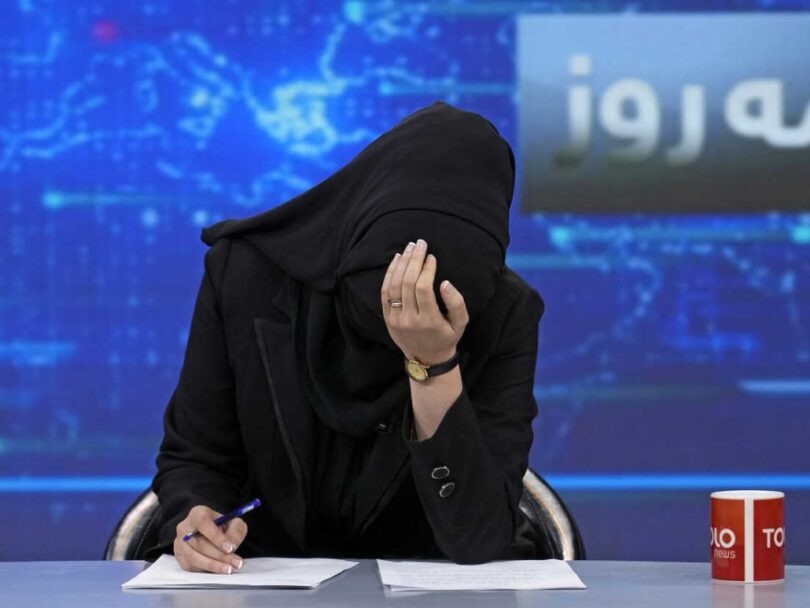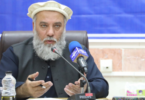KABUL (Khaama Press): In the past two years, journalists – especially women journalists – have faced numerous challenges in various media outlets. Reduction and delayed payment of wages and benefits, internal and external censorship, imposition of work restrictions, and lack of personal and job security have been among the most significant challenges faced by journalists and media workers, particularly women.
This report attempts to speak with women journalists. The interviewees are women journalists or media workers who narrate the challenges faced by them due to imposed restrictions.
Sharifa, a journalist at one of the visual media outlets, speaks about the challenges of women journalists in the media: “The problems of women journalists in the media are more significant. When we go to the media to fulfil our duties, priority is given to men, and there are many restrictions imposed by media authorities in all areas. Our wages are not paid on time, and we cannot choose our report subjects freely.”
Following political developments in the country, a considerable number of women journalists have been removed from the media, as described by some as a mass dismissal. Others, despite gender discrimination, continue their activities in the media.
Zainab, a journalist at a radio station in Kabul, says: “News directors do not treat women journalists well; our workplaces are separate, and our movements are restricted.”
According to Zainab, some media outlets hire journalists as interns without payment and then neglect to employ them as official employees after completing their internship due to economic challenges.
Benazir Baktash, the deputy and program manager of a television channel, says that the closure and cessation of activities by many media outlets and their economic challenges have led to neglect of the gender issue in the media.
He says: “Unfortunately, in more than two years, conditions have not only not improved but have become more serious day by day, and the gap between the clouds of crisis has widened.”
Mr. Baktash adds about the difference in the salary of women journalists compared to other media workers: “Another challenge in the media is the injustice and lack of balance in the wages and benefits of female and male employees so that a man’s salary is equivalent to the salary of five ladies.”
On the other hand, a female journalist who refrains from being named in this report says: “I am an intern; they don’t pay even my meagre salary on time. Sometimes they pay two months later, sometimes three months later.”
Internal and external censorship, lack of access to information, and harassment outside are other challenges for women journalists. Tamana, one of the new journalists, says: “Women are facing problems in all situations because when I had just finished university, wherever I went in the media, I faced insult and humiliation. They said to me, ‘You have no experience, and we can’t give duties to those who have no experience.’ Well, if our media outlets don’t hire us, how can we gain experience?” According to statistics provided by the Office Nai or Supporter of Afghan Free Media, in the past two years, over 90% of women journalists and media workers have lost their jobs.
Zarif Karimi, the official of Nai or Supporter of Afghan Free Media, says: “We had nearly 4,000 women journalists and media workers in Afghanistan, among whom currently less than 1,000 women journalists and media workers are actively working in Afghanistan.”
Nevertheless, Zabihullah Mujahid, the spokesperson for the Taliban, claims that the government supports journalists and media in the country. He said: “Media are free in their activities, and we strive to keep the media active and address their problems. In the economic sector, we encourage traders and industrialists to cooperate and give advertisements.” This is while the Universal Media Law, the Access to Information Law, and relevant regulations in the media sector by the Taliban have not been finalized and enforced, leading to increasing challenges for media outlets and journalists.







